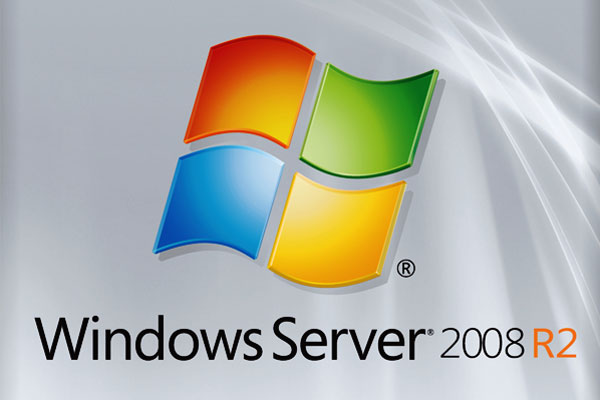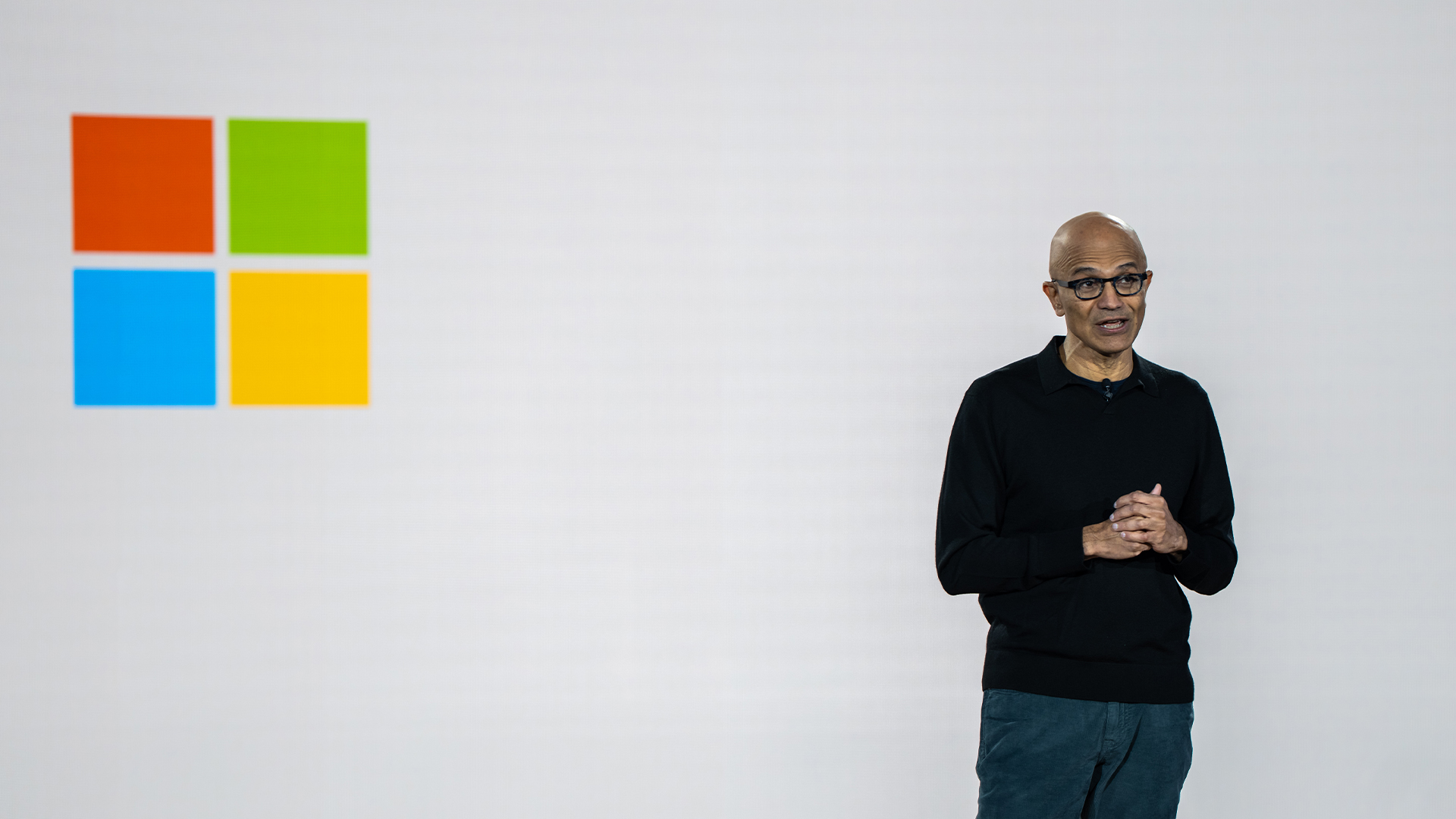Windows Server 2008 R2 review
Windows 7 may now be available at retail, but for larger businesses it will only come alive when used in conjunction with Windows Server 2008 R2. We take a look what the new server platform brings.


The best Windows Server platform yet, and one which forms a superb core to the wide range of server-hosted technologies that Microsoft now offers.That said, Microsoft needs to do more work on its licensing structure to make migration smoother.
The release of Windows Server 2008 R2 marks a significant turning point in the history of the Microsoft server platform. It's as major a release as NT 4 back in 1996, and the Server 2000/2003 editions. With Windows Server 2008 R2, there is a clear set of business reasons to move forward to this version, and it lays the foundations for many years of productive work ahead.
Some of the tweaks can be seen from the hardware changes. This release is 64-bit only across the board, and it can support up to 256 logical processor cores, with the HyperV VM engine supporting 64 cores within a virtual machine instance, up from 24. Such a change should give a taster for the depth of the capabilities that have been engineered into the kernel. This is an OS release that's looking forward to the middle of the next decade and beyond, and is happy to shrug off the 32-bit era of its predecessors. Although there is a long list of new capabilities within Server 2008 R2 itself, the real power and value comes when you deploy multiple components of the surrounding family too. This is the first version of Windows Server where hypervisor virtualisation is truly built into the core platform, and the default install for most implementations will be into a virtualised environment, probably using the Microsoft HyperV technology.
With that comes the need for strong server management tools, and Microsoft's offering here is better than it has ever been. And this allows for a rich and deeply managed infrastructure of server-hosted application servers, from web servers through Exchange Server to Sharepoint Server and into client desktop provisioning and application virtualisation and streaming. Looked at in isolation, Server 2008 R2 brings much to the table which is worthwhile. But it is when deployed within such a rich and interconnected ecosystem that the true value will be achieved. Indeed, we would go as far as to say that it should only be considered if you are prepared to dive in with both feet. If you are, then this cohesive platform will provide a level of service infrastructure that previous server generations could only dream of, and which will clearly lay the foundations for five, even 10 years of business computing.
Sign up today and you will receive a free copy of our Future Focus 2025 report - the leading guidance on AI, cybersecurity and other IT challenges as per 700+ senior executives
-
 Microsoft CEO Satya Nadella wants an end to the term ‘AI slop’ and says 2026 will be a ‘pivotal year’ for the technology – but enterprises still need to iron out key lingering issues
Microsoft CEO Satya Nadella wants an end to the term ‘AI slop’ and says 2026 will be a ‘pivotal year’ for the technology – but enterprises still need to iron out key lingering issuesNews Microsoft CEO Satya Nadella might want the term "AI slop" shelved in 2026, but businesses will still be dealing with increasing output problems and poor returns.
By Ross Kelly Published
-
 These Microsoft Teams security features will be turned on by default this month – here's what admins need to know
These Microsoft Teams security features will be turned on by default this month – here's what admins need to knowNews From 12 January, weaponizable file type protection, malicious URL detection, and a system for reporting false positives will all be automatically activated.
By Emma Woollacott Published
-
 Cyber crime group claims successful attack on security firm, crows about it on Telegram – but it was all an elaborate honeypot
Cyber crime group claims successful attack on security firm, crows about it on Telegram – but it was all an elaborate honeypotNews Scattered LAPSUS$ Hunters thought it had access to vast amounts of Resecurity's internal data, but the whole thing was just a set-up
By Emma Woollacott Published